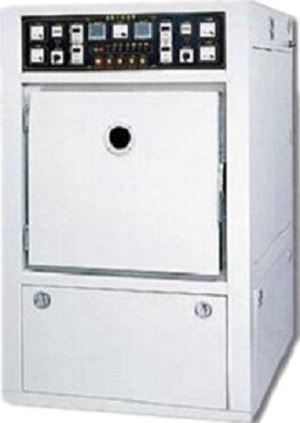
NewsInformation Center
How Did UV Aging Test Chamber Become the Best?
2022/04/28
The UV Aging Test Chamber uses a fluorescent ultraviolet lamp as the light source to test materials by simulating the ultraviolet radiation and condensation in natural sunlight, so the maintenance of the UV Aging Test Chamber is also very important. Let's take a look at its Some maintenance knowledge!
How Did UV Aging Test Chamber Become the Best? To make UV Aging Test Chamber work better and keep it in good condition for a long time, please maintain it according to the following items:

1. If the UV Aging Test Chamber is not working, it should be kept dry and disconnected from the power supply.
2. After the test, drain the water in the testing machine, and dry the working chamber and box.
3. Remember to use a plastic cover after use to avoid dust intrusion. If there is dust, it should be removed in time.
4. The sensor in the studio is not subject to strong impact;
5. The UV aging test box should be placed in a well-ventilated place, not in a place with more dust;
6. When the ultraviolet aging test box fails, please find the personnel of the ring instrument, and do not disassemble it without authorization;
7. The test box is stopped for a long time. When using it again, you must carefully check the water source, power supply and various components, and then start the UV aging test box;
8. Operators should be equipped with protective glasses and jackets. Since ultraviolet radiation is more harmful to personnel (especially eyes), operators should minimize ultraviolet exposure (contact time is 1min);
9. Prohibit chemicals from contacting the UV Aging Test Chamber; (away from combustibles and explosives);
10. The UV Aging Test Chamber waste water discharge system must be installed in place.
The above are 10 effective ways to maintain the UV Aging Test Chamber. To learn more about the maintenance of the aging chamber, to make the aging test chamber the best, please leave us a message!
Previous: Main Features of Reciprocating Abrasion Tester
N e x t : 10 correct high and low temperature laboratory maintenance work



